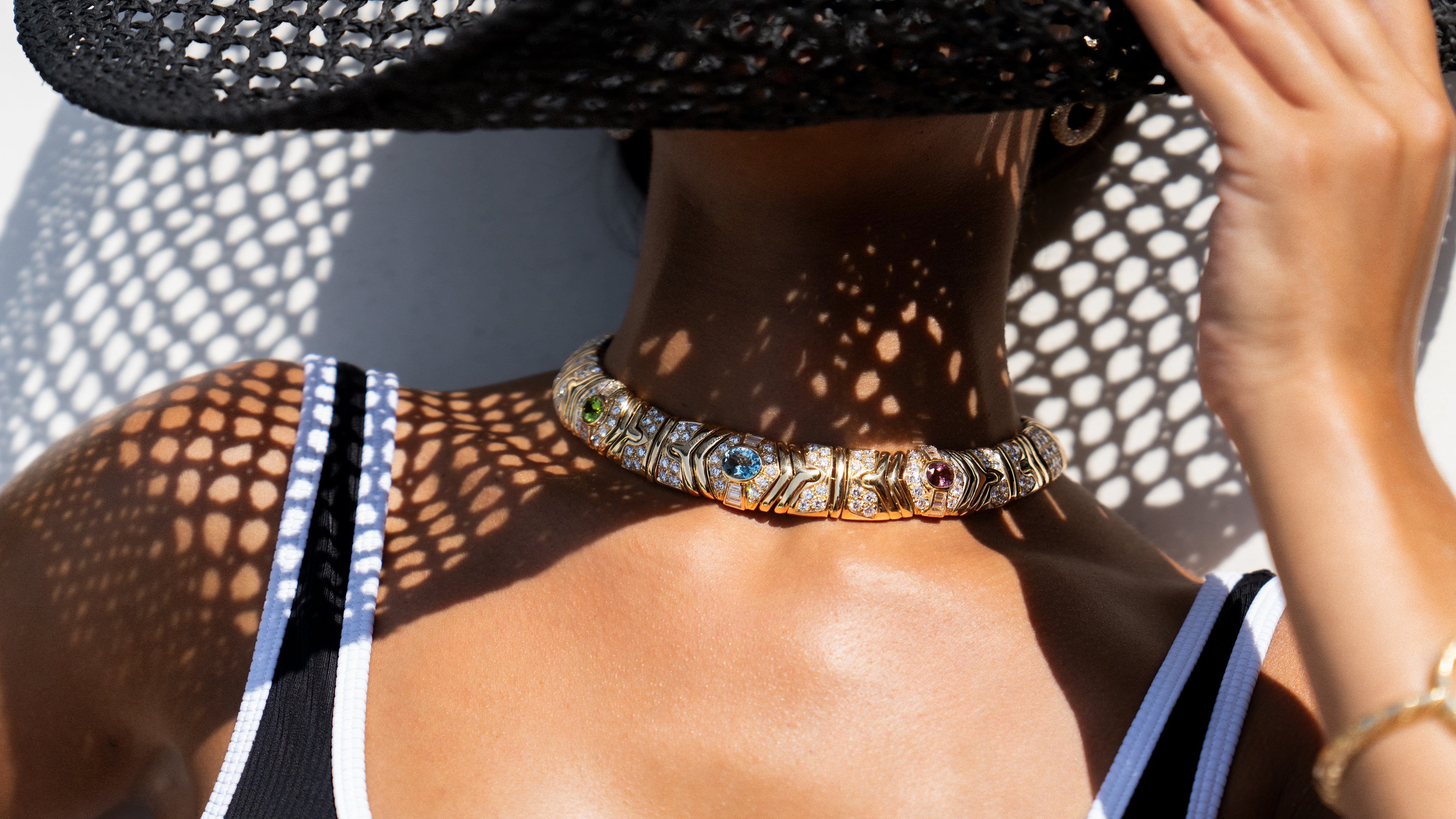Gillian Packard - Female Jeweler Becomes one of the Leading Jewelers in the 1960s
Gillian Packard’s favorite stone was an emerald, so it’s no wonder that this British jeweler from the 1960s chose one for her engagement ring. Like many jewelers, she was known to wear little jewelry other than her wedding set. Still, Packard became one of the leading jewelers of the 1960s.
Born in 1938 in Newcastle upon Tyne, Packard studied at the Kingston School of Art, the Central School, and the Royal College of Art. In between her schooling, she worked as a saleswoman at Esprey, which was a renowned jewelry store on London’s Bond Street.

Shortly after graduating, she entered several competitions and won various awards. In 1962 Packard was awarded high honor for her diamond and emerald ring. In years following, she won awards for a diamond engagement ring and a piece that incorporated rose quartz as its focal point.
Packard’s style was known for being very innovative for the period. She was known mostly for her rings, which were elegant and noted for both their form and geometry. She also created more organic looking pieces along the way. Peter Hinks, a jewelry historian, described her works as “deft and wearable.” Due to her style, Packard developed a loyal clientele and set up a workshop in London’s West End in 1964.

Although she had six people on her staff, Packard continued to design all of the models herself. Her workshop provided products for over 60 stores throughout England. Packard pondered opening a salon in London, yet she wanted her pieces to have a larger footprint, so she placed them in stores throughout England.
One of her standout innovations was creating interlocking wedding and engagement rings. Packard also introduced new ways of setting stones, and she was very particular about the color of those she utilized. In 1968 she visited Peru and was inspired by a collection of Inca gold for her later pieces.
Packard was a leader in the British Modernist jewelry movement, and she became the chairman of the British faction of the World Council for Applied Arts in 1969. Her connections with the council caused her to travel and ensure that Britain had a place in significant exhibitions around the world. She also taught at the London Central School of Fine Arts.

Two of Packard’s designs are at the Victoria and Albert Museum in London, and her pieces hallmark her initials, the date, and the word “London” inscribed. Packard passed away in 1997, yet her jewelry is still admired by collectors around the globe today.
